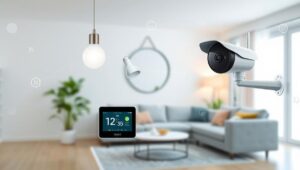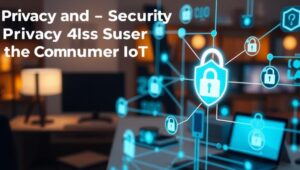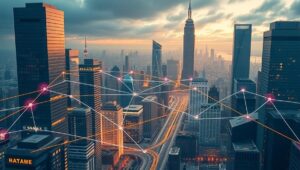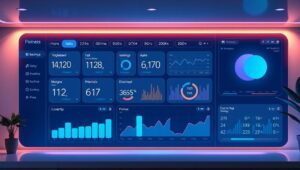May 22, 2025
The Ethical Implications of Ubiquitous Consumer IoT (2026)
The Ethical Implications of Ubiquitous Consumer IoT (2026) By 2026, the Internet of Things (IoT) has woven itself into the fabric of daily life. Consumer IoT devices – from smart refrigerators that track our food consumption to wearables that monitor our vital signs – are commonplace. While these technologies promise convenience and efficiency, their pervasive nature raises profound ethical concerns that demand careful consideration. Data Privacy in an Always-Connected World The sheer volume of data generated by IoT devices is staggering. Every interaction, every sensor reading, every usage pattern is collected, analyzed, and potentially monetized. This raises several key ethical












